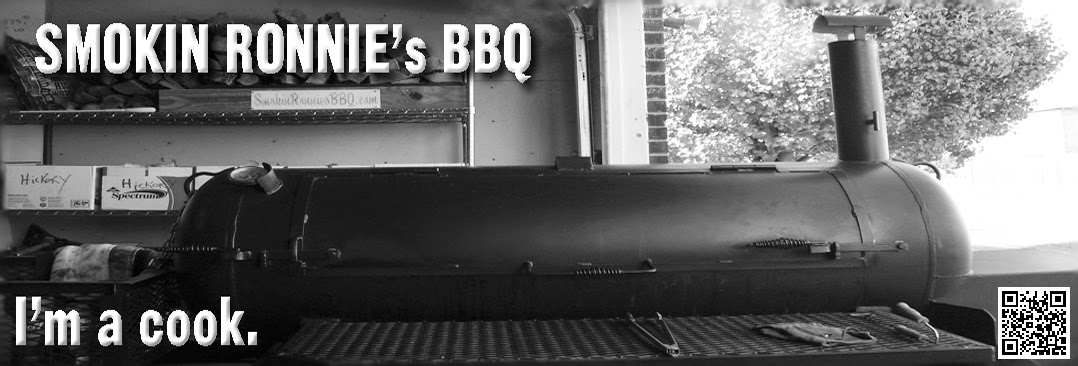Monday, July 18, 2016
Wednesday, July 13, 2016
What is big data, and how can it help my restaurant?
Big data is made up of two different types of data, which can each answer a couple different questions. The “what?” comes from structured data, which makes up the majority of information a business is collecting on a daily basis. This includes detailed reports from POS systems on product sales, financial and accountancy data, and product prices and availability. All combined, the end result is a lot of data, and figuring out how to use it to acquire and keep new customers can seem daunting.
This is where the “why?” comes in, and it takes the form of unstructured data. This information is usually comprised of data sets from outside the business, and can include customer feedback, reviews, feedback from social media, and demographic data (names, emails and location) gathered from loyalty programs and newsletter signups. It’s task is to answer the question to why certain menu items are selling well or not at all, or measure the performance of specific marketing campaigns.
Big data has many applications in a restaurant, but one area where it has becoming exceedingly interesting to small-to-medium sized businesses is in the area of marketing. Below, you’ll find a few different ways big data can help you to create an insight driven marketing strategy for your restaurant.
1. Customer acquisition
Demographic data is an great place to start when it comes to creating marketing campaigns, but simply analyzing one data set isn’t enough to create a cost effective marketing campaign. When combined with social media behavior and customer feedback, you start getting a clearer picture of who your customer is.
Understanding who your customer is based on the data will allow you to get a full grasp on what kind of person you should be marketing to. This will help you create more targeted, purposeful, and effective marketing campaigns from your big data so that you can acquire more customers for your restaurants. This is vital to creating enticing and personalized marketing messages that truly convert your marketing dollars into paying customers.
2. Customer engagement
Big data is invaluable to successfully interacting with and engaging your customers. Real-time feedback aids in resolving customer complaints and helps to provide more relevant content, while analysis of sales data allows for quick iteration of menus and advertising to appease customer preference while giving you the insight needed to cut poor performing options.
This stems back to the first point of truly understanding your customers. When this is accomplished by your restaurant, engagement is easy. You'll build a fitting brand for your establishment and will adopt a more fitting marketing strategy derived from the conclusions from your data.
3. Customer loyalty
Analyzing big data to understand behavior is especially relevant to customer loyalty. Being able to anticipate actions such as repeat purchases or non-returning customers allows you to react accordingly to either reward loyalty or entice customers to return with a relevant promotion or offer.
This information is easily accessible and readable if your restaurant operates a solid customer loyalty program. Not only does this incentivize your customers to make more frequent visits, but it's a simple way to track each individual customer's purchasing patterns, which can give you astounding insight for your restaurant's marketing plan.
4. Customer segmentation
Big data helps your restaurant define a clearly segmented customer base. For example, it will allow you to distinguish between demographic information, customer location, purchase patters and history, and more. This information can be used to craft extremely precise recommendations, promotions, or other offers, and it can help anticipate customer demand and preferences.
When developing a restaurant marketing strategy, you may be torn over which segment to target. If this is the case, mine through the data of your segmented customer groups to see which is larger in size, spends the most, and is most profitable.
How Do You Use Big Data for Your Restaurant?
The applications for big data are far reaching and don’t stop at marketing. Large chain restaurants as well as smaller businesses have applied analysis of big data to aid in a huge variety of operational challenges such as menu creation, customer service, food production and demand, and location planning - with staggeringly positive results.
Although the percentage of restaurants using big data and analytical solutions is still fairly small, it’s only a matter of time before there’s a big shift in how data is used to influence the way we operate and make business decisions. Big data is no longer only for big businesses, and any forward thinking restaurant owner who’s willing to take advantage of it’s many benefits is set to gain a competitive edge over the competition.
Subscribe to:
Posts (Atom)







